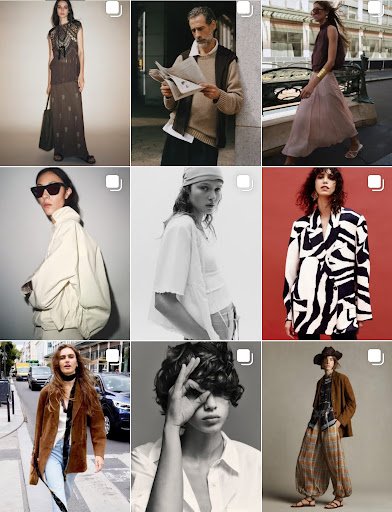From Memes to Marketing: When Internet Humor Becomes Brand Strategy
Are companies ditching carefully curated advertisements in favor of humorous online references?
Like many college students and young adults, I communicate with my friends primarily through social media. On Instagram, for instance, my friends and I regularly share humorous content. One post my friend sent me a few weeks ago was written in the signature Snapchat text style, referencing how glove compartments are typically filled to the brim with Chipotle napkins and utensils, making it difficult to find anything else you might be storing in the compartment. I laughed, liked it, and went on with my day — until I realized who posted it.
Photo courtesy of Chipotle (@chipotle on Instagram)
To my surprise, instead of being posted by a popular meme page, the official Chipotle Instagram account posted this meme. This sparked my interest. If a brand with over 1.5 million followers posts a meme, there must be a deeper reason behind it. Upon examining the Chipotle Instagram page, I noticed a mix of nods to pop culture, along with traditional advertisements of its menu offerings. This raised the question in my mind: Which do viewers resonate with more?
After a simple scroll to other recent posts, the answer was quite clear. The meme that caught my attention received 400,000 likes. Alternatively, a post made merely a week later, which utilized a traditional brand post strategy of sleek lines and neatly packaged graphics, only received 21,000 likes.
The concept of “meme marketing” is not new, with brands like Duolingo and Wendy’s being known primarily for active social media accounts that heavily rely on Internet culture to influence content. But as I continued my search for how different brands utilized online culture to create content, the conclusions I made pointed towards broader inferences.
Social Media Analysis
I decided to examine the Instagram feeds of three types of companies: fast-food chains, clothing brands, and entertainment. I wanted to see if any patterns could help me understand why some brands choose to utilize meme marketing over others.
First, I looked at fast-food chains. I had already analyzed Chipotle’s feed, but I was curious to see what that translated to in terms of engagement. Chipotle’s engagement rate, which analyzes likes, comments, and shares, is at 0.82%. For reference, for accounts of Chipotle’s size, an ideal engagement rate is close to 1%, so based on those metrics, Chipotle is doing fairly well.
Next, I looked at the clothing brand Zara, and I immediately took notice of the completely different aims that the brand took when curating its feed. The clothing brand featured a more traditional advertising rollout of its items, with each photo having a professional, photoshoot-like quality. The photos on Zara’s Instagram showcase models posing seriously with a distinct filter layered over top. With little to no text seen on any of the images, Zara’s feed feels editorial, pulled straight out of a magazine. Over the past 30 days, Zara’s engagement rate has been at 0.28%.
Photo courtesy of Zara (@zara on Instagram)
Lastly, I took a look at Netflix’s Instagram. Their Instagram attempts to blend both brand content with some internet references and meme-style formatting spliced throughout.
Photo courtesy of Netflix (@netflix on Instagram)
Netflix’s engagement rate sits at the lowest of the three accounts I analyzed, at 0.09%. My discoveries point to not only a correlation between which types of brands utilize meme marketing, but also point out how consistency is key when developing a successful online presence.
Overall, brands that aim to appeal to everyday people, specifically young adults, disproportionately utilize meme marketing over companies that aim to have more exclusive target consumers. While this may seem like an obvious conclusion, a few years ago, it was a rarity to see any big brand use memes in marketing strategy. As the digital age progresses, however, time will tell whether or not internet culture takes over the future of digital advertising.
-Chase Pasekoff-




